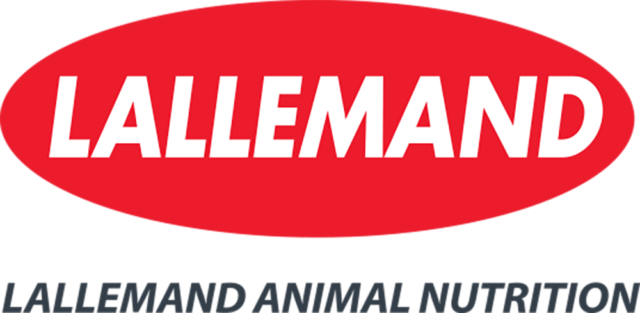“I think I’m going to get sick!” are some of the most terrifying words a parent can hear from their young children. Following this, there is a mad dash to carry them into the bathroom or to find the nearest waste basket and shove it in front of them to minimize the collateral damage. After the odiferous eruption comes the application of cool washcloths and some comforting words, and the crisis eventually winds down. All is well again.
Don’t you wish it was just that easy with our dairy cows? If they could just tell us when they get an upset tummy, maybe we could help them get through the episode without a hitch. With the increasing adoption of monitoring technologies such as rumination eartags, collars and rumen sensor boluses, producers are able to let the cows’ behavior tell them when something abnormal is happening. Or could it be that something is about to happen?
As more research utilizing these kinds of monitoring devices is published, we are finding out that significant decreases in rumination, expressed as minutes per day, often precedes any other clinical disease symptoms by several days for many of our most common metabolic disorders. Cows that normally would ruminate for over eight hours per day may experience a drop in daily rumination time of two hours or greater for a week or more prior to the onset of a major health event.
The big question is: How do we use these early warning devices to help achieve better outcomes in the face of potential metabolic disorders such as ketosis, displaced abomasum and other digestive challenges?
Before we can discuss rumen dysfunction, we need to understand what normal rumen function looks like. Cows, whether grazing or eating at the feedbunk, eat rapidly with a minimum of chewing. Afterward, they lie down and ruminate or chew their cud, meaning they regurgitate a bolus of long forage and chew it, reducing the particle size, which allows the rumen microbes to digest the fiber and produce volatile fatty acids (VFAs) which provide energy to the cow. The ruminal contractions that occur during the regurgitation process also help mix the rumen contents to aid the digestion process.
During the process of chewing and swallowing, a large amount of saliva is produced which contains copious amounts of sodium bicarbonate to help buffer the rumen. The more long fiber in the diet, the longer the cow ruminates and the more buffer is added to the rumen, which helps keep the ruminal pH in a higher, more desirable range.
Cud chewing is an essential aspect of rumen health, but when the time spent ruminating is reduced due to a lack of long fiber, heat stress or other pending metabolic issues, less saliva and sodium bicarb is produced, and the rumen pH can start to drop.
Like a football defense depending on the secondary to stop the ball that gets past the line, specific strains of rumen-native bacteria help regulate acid buildup in the rumen when bicarbonate production lags. These bacteria use two unique protection methods: promoting the absorptive capacity of the rumen and consuming lactic acid.
The VFAs produced by the rumen microbes are used by the body in very specific manners. Butyrate, a four-carbon fatty acid, is essential in the development of rumen papillae, the structures responsible for absorption of nutrients from the rumen. By increasing the absorptive surface area of the rumen, short-chain fatty acids are efficiently removed before the pH of the rumen drops to dangerous levels. Failure to do so can create an environment that favors the growth of bacteria that produce lactic acid, an acid that is 10 times stronger than the VFAs primarily used for energy.
Lactate can be beneficial in anaerobic environments for energy, but in the rumen it has the potential of causing a severe drop in pH. If the pH of the rumen drops sufficiently, bacteria that require a less acidic environment to survive will soon die off. This die-off can lead to a myriad of issues within the cow, including an increased level of endotoxin as well as decreased digestive performance in the rumen.
Megasphaera elsdenii is a bacterium found in the microbial population of all ruminants. The job of Megasphaera elsdenii is to consume the lactic acid produced in the rumen. As it consumes lactic acid, it produces butyrate, the VFA that improves the absorptive capacity of the rumen. In this manner, it removes one acid which is detrimental to rumen health while producing another acid that improves the efficiency of the rumen, and the crisis is averted. The addition of it keeps the rumen environment properly balanced and running at peak efficiency. It may even allow you and your cows a good night’s sleep without the interruption of those dreaded tummy alerts.












